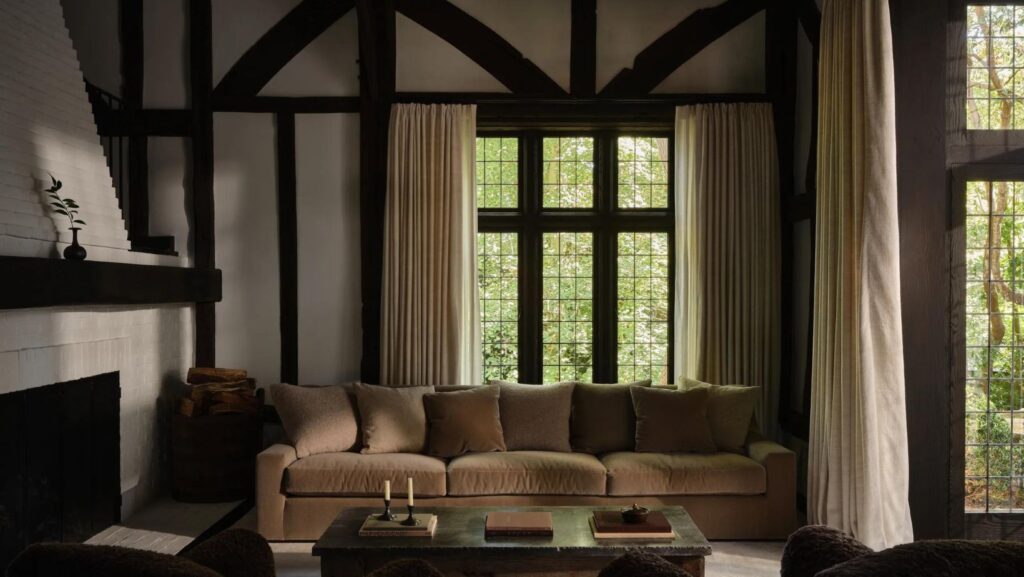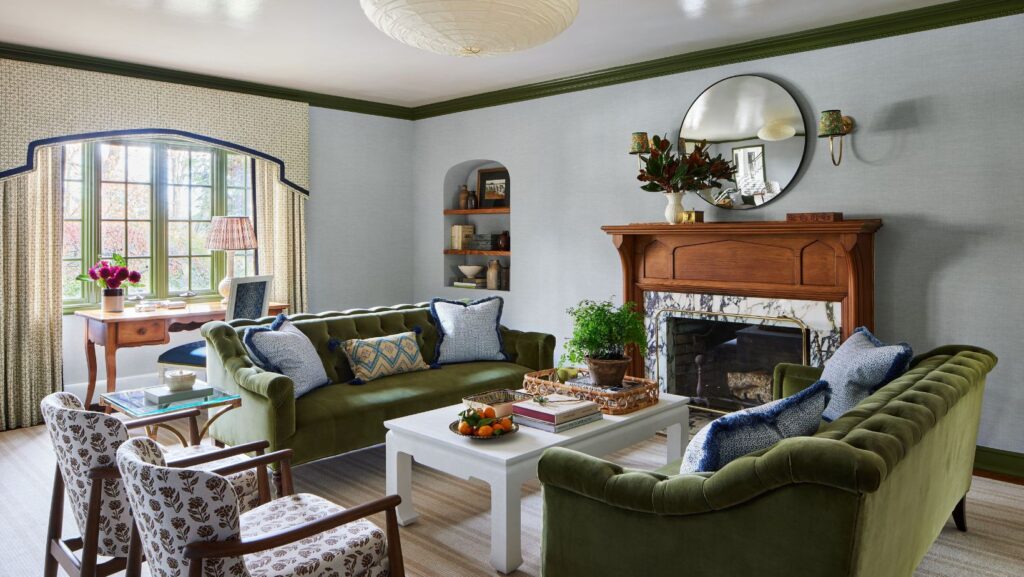Baroque Interior Design
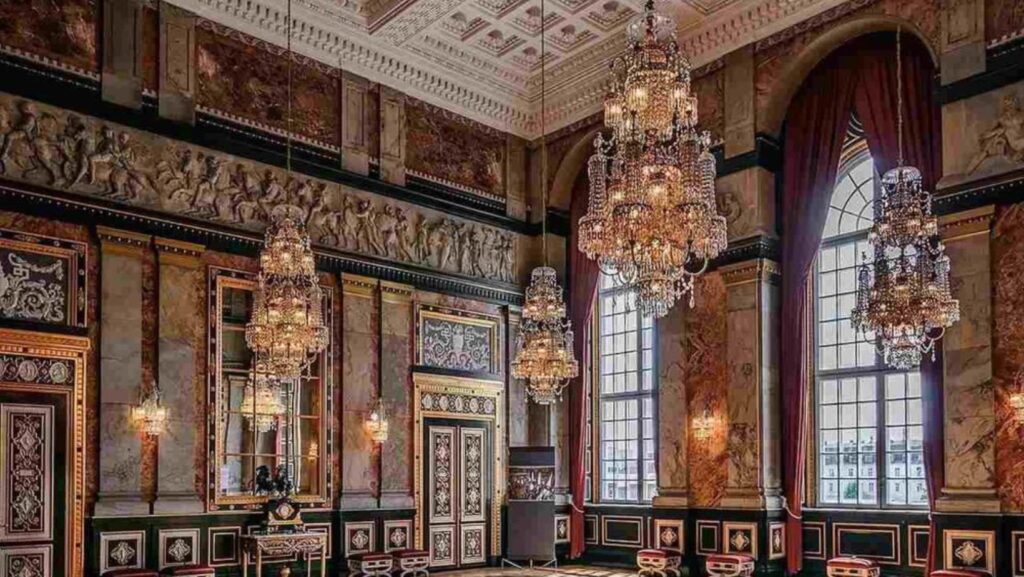
Stepping into the opulent world of baroque interior design is like entering a lavish symphony of grandeur and extravagance.
From intricate details to rich color palettes, every element in a baroque-inspired space exudes a sense of drama and sophistication. As I explore the history and characteristics of this ornate style, I uncover the secrets behind its enduring allure and timeless appeal.
Embracing the essence of baroque design means immersing oneself in a world where ornate furnishings, elaborate decorations, and luxurious fabrics reign supreme. In this article, I’ll delve into the key features that define baroque interior design, highlighting its influence on contemporary aesthetics and offering insights on how to incorporate its grandiose elements into modern living spaces.
Key Characteristics of Baroque Interior Design
Ornate Details and Rich Embellishments
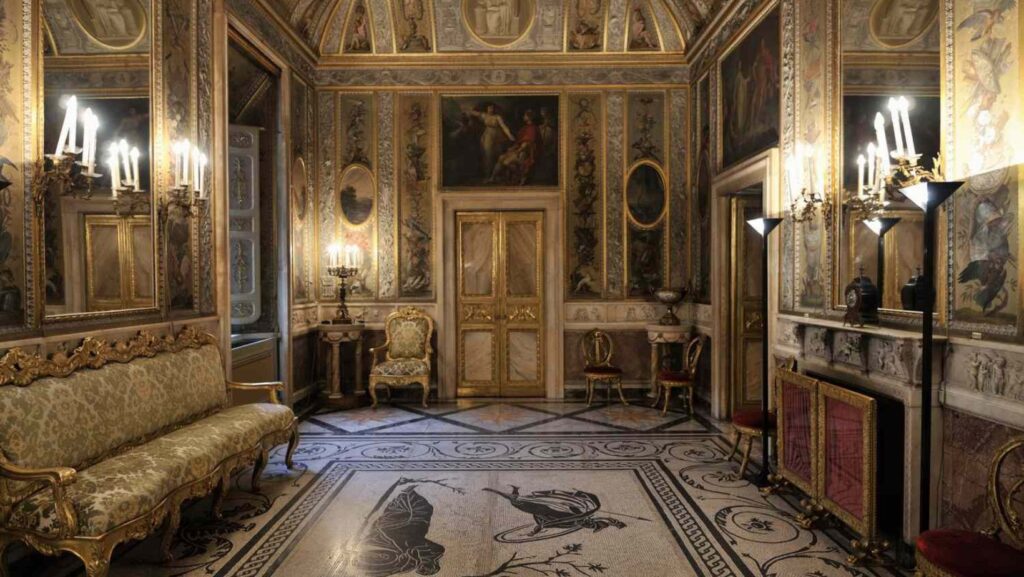
Baroque interior design is celebrated for its lavish ornamentation and opulent embellishments that exude luxury and sophistication. Elaborate details such as intricate carvings, gilded finishes, and ornate moldings are hallmarks of this decorative style. These rich embellishments add a sense of grandeur and magnificence to interior spaces, creating a sumptuous and ornate aesthetic that captures the essence of the baroque era.
Bold Contrasts and Dramatic Elements
One of the defining features of baroque interior design is the use of bold contrasts and dramatic elements to create a sense of theatricality and extravagance. Dark, rich colors like deep reds, purples, and golds are often paired with light hues to achieve a striking visual impact. Additionally, the interplay of light and shadow through elaborate chandeliers, gilded mirrors, and intricate ceiling frescoes adds a sense of drama and grandeur to baroque interiors. The contrasting elements in baroque design create a dynamic and visually stimulating environment that evokes a sense of opulence and grandeur.
Historical Evolution of Baroque Design
Origins and Influences in the 17th Century
Baroque interior design emerged in the 17th century, characterized by its opulence and grandeur. Influenced by the Catholic Church’s efforts to restore its power through art and architecture, baroque design aimed to awe and inspire. The style drew inspiration from the Renaissance period but evolved into a more elaborate and theatrical form of expression. With a focus on creating a sense of movement and emotion, baroque interiors featured rich colors, intricate ornamentation, and dynamic compositions.
Key Figures and Designers in Baroque Interior Design
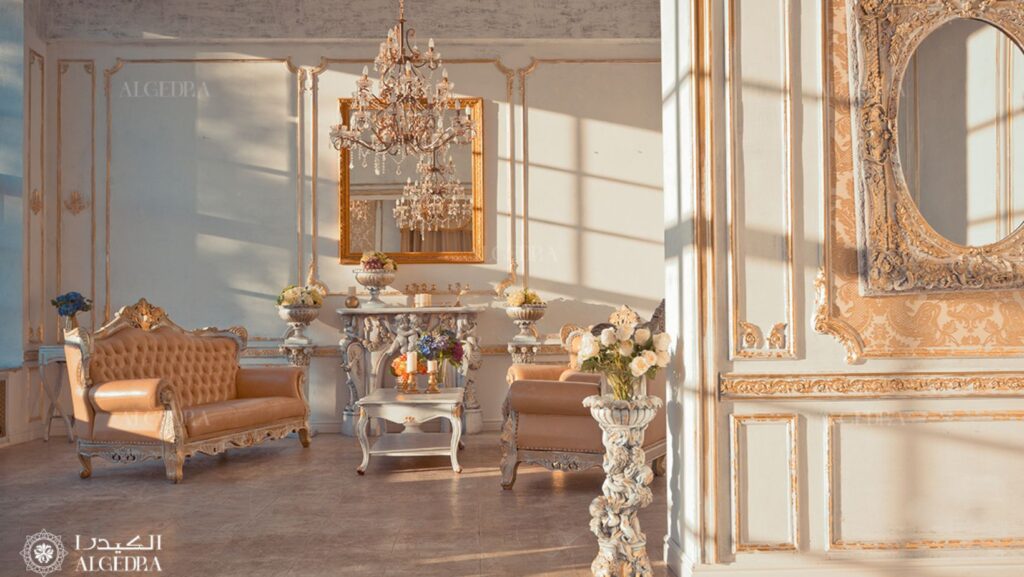
Prominent figures in the development of baroque interior design include Gian Lorenzo Bernini, a renowned sculptor, architect, and painter known for his contributions to the Vatican’s St. Peter’s Basilica. His innovative use of light and shadow added depth and drama to baroque spaces. Another influential figure is Peter Paul Rubens, a prolific painter whose dynamic compositions and rich color palette influenced interior design. Their work exemplified the essence of baroque style, inspiring generations of designers to create lavish and ornate interiors that defined the era.
Color Palettes: From Bold to Sublime
Baroque design is characterized by a diverse range of color palettes, from bold and vibrant hues to soft and muted tones. Rich colors such as deep reds, royal blues, and golden yellows are commonly associated with baroque interiors, symbolizing wealth and luxury. These bold colors are often paired with metallic accents like gold and silver to highlight the ornate details of furniture and decor pieces. On the other hand, soft pastel shades such as blush pink, lavender, and powder blue can be used to create a more subtle and refined baroque aesthetic. The juxtaposition of bold and sublime colors in baroque design allows for a versatile approach to incorporating this lavish style into modern interiors.
Baroque interior design is a timeless style that exudes luxury and grandeur. From intricate carvings to rich color palettes, this design aesthetic brings a sense of opulence to any space. By incorporating luxurious materials like silk and velvet, as well as a diverse range of colors from bold reds to soft pastels, one can create a visually stunning ambiance that blends traditional opulence with modern minimalism. Embracing the dramatic elements of baroque design allows for the creation of spaces that are both lavish and sophisticated. Whether you opt for a full baroque-inspired interior or simply incorporate elements of this style into your decor, the result is sure to be a space that is both striking and elegant.


